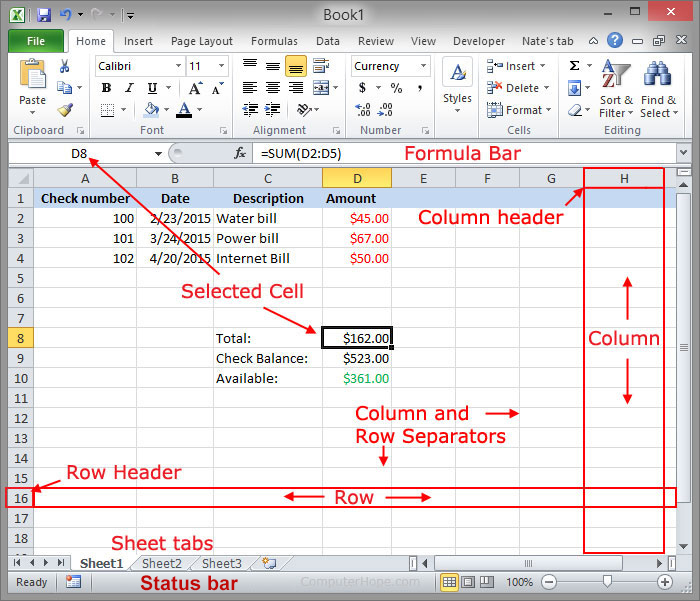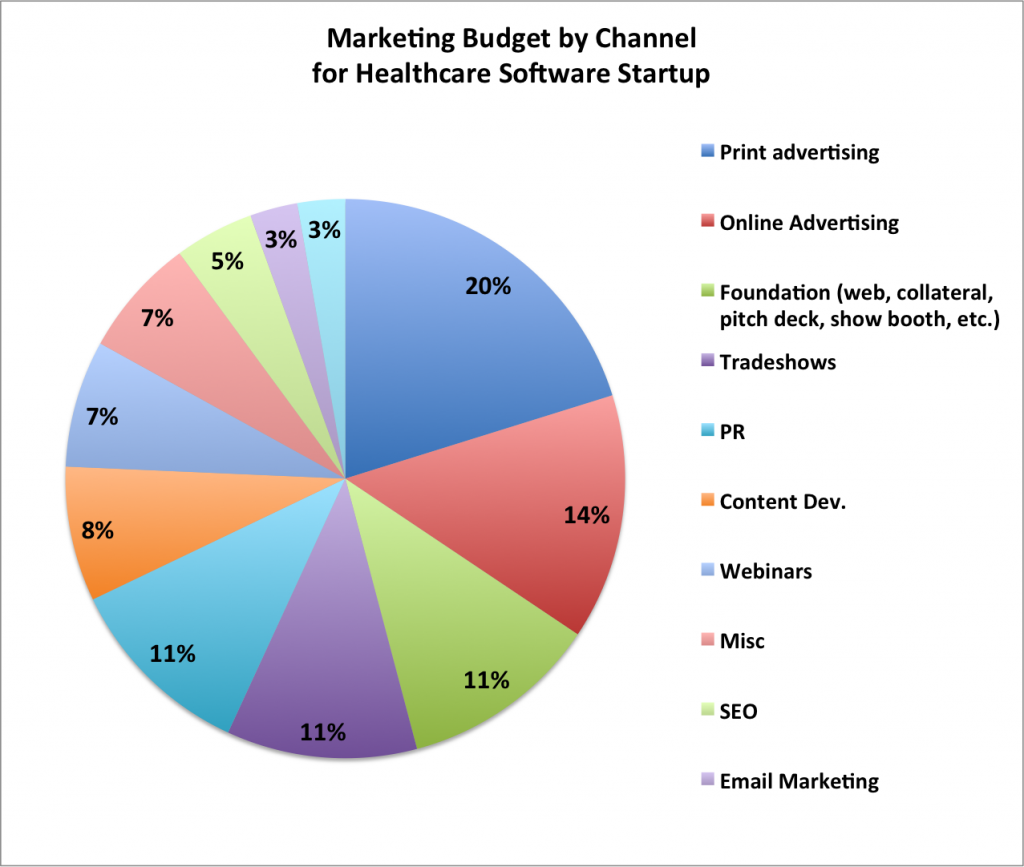3.1 Features of Information Systems:
3.1.1 Data
Data is information stored in its raw form. The reason why the data is stored so that only information that is needed for specific functions can be used.
3.1.2 People
People are another key feature of information systems and need to be understand how the system works to maximise the potential of the data stored in the information system. The people are required to design and programming so that the requirements of the systems can be implemented successfully.
3.1.3 Hardware
The hardware requirements need to be analysed before the system is built so that they meet the long term needs. Different hardware components example, the server and networking components such as the routers, will be required for the system to work over a network.
If the information is internal, only LAN technologies are needed but if the system needs to be available to run of the internet across a range of sites then additional security measures and a range of web servers may be needed.
3.1.4 Software
It is the key component of any information system, as it can let the end user access the system to enter and find information. The key software component is the database or database management system. This database will then be used to store data that can be access in different forms to create valid and up to date information by running complex queries on the database.
3.1.5 Telecommunications
Telecommunications is needed to run over a network such as networking technologies. For a range of people to access information on an information system then the system needs to run over a network and as previously mentioned hardware components to create a telecommunications network are needed.
3.2 Functions of Information Systems
3.2.1 Input
Detailed data that is stored and processed. The user must specify to the system what sort pf analysis they want the system to do.
3.2.2 Storage
Data should be stored at the most detailed level possible. IT departments may choose to store data of various summaries and should regularly backup data to avoid losing important data due to errors.
3.2.3 Processing
The process is the function that transforms data into information. Simple processing would be simply adding up the number of items sold by the business by a variable.
3.2.4 Output
Output can be in two (2) separate forms, that is graphical and textual. Graphical is often used to view information on a larger scale and presented as charts, graphs, diagrams and pictures. Textual is used to view the information on a smaller and more detailed scale, presented as charters, text or numbers.
3.2.5 Control and Feedback loops
Control/Feedback loop is what happens to output once it has been processed and produced. The system repeats the same sequence depending on the output of the last loop, it has an effect on the output of the last loop, it has an effect on the input of the next data to information loop.
3.2.6 Closed and open systems
Information systems can be defined as open or closed systems, the difference being how they reacts and interacts to their environments. Open systems fully interact with its environment and can handle unexpected environment, meaning it can adapt the output depending on circumstances. Closed systems are vastly separated and scheduled from their environment meaning they dont interact with it much.
3.3 Data Into Information
3.3.1 Difference between data and information
Data is raw, unorganized facts that need to be processed. Data can be something simple and seemingly random and useless until it is organized.
Information is when data is processed, organized, structured or presented in a given context so as to make it useful.
3.4 Types of Information System
3.4.1 Management Information Systems
A management information system is an information system that uses the data collected by the transaction processing system and uses this data to create reports in a way that managers can use it to make routine business decisions in response to problems.
3.4.2 Others
3.4.2.1 Marketing (sales performance, competitors etc)
It is a system that analyzes and assess the marketing information, gathered continuously from sources inside and outside an organization. Timely marketing information provides basis from decisions such as product development or improvement, packaging, pricing , distribution.
3.4.2.2 Financial (financial costs, investment returns etc)
This financial analyzes and accumulates financial data used for optimal financial planning and forecasting decisions and outcomes.
3.4.2.3 Human Resources (HR) (staffing, professional development etc)
It is the governance of an organization's employees. A company's human resources department is responsible for creating, implementing and overseeing policies governing employee behavior and the behavior of the company toward its employee.
3.5 Management Information System (MIS)
3.5.1 Features
- MIS is permanent and continuous system
- Its basic objective is to provide right information
- It is a computer based system
- It is future-oriented
- It is used by all levels of management
- It collects information from internal and external sources
- It collects all types of marketing information
- It helps marketing managers in decision making.
3.5.2 Benefits
- Provides updated and timely information for decision making
- Facilitates monitoring of marketing operations
- Raises efficiency of decision making
- Facilitates quick reference
- Provides information on changing marketing environment
- Promotes marketing excellence
- Facilitates tapping of marketing opportunities
- Provides market intelligence
3.5.3 Effectiveness criteria e.g. accuracy, sustainability, response times, confidence.
- Rationality in decision making
- Effective MIS produces timely, accurate, clear, non-redundant and valid information
- Quality in decisions
- Controls are properly assured
- Management is motivated to use MIS
- Management should be involved in design of MIS
- Accurate
- Sustainability
- Information must be reliable
- Response time (the fastness of the system or the connection)
- Confidence
References:
Content Writer. (2013). Features of information systems. [online] Available at: http://www.contentedwriter.com/features-of-information-systems/ [Accessed 1 Aug. 2017].
Baudet, J. (2014). P4 describe the features and functions of information systems. [online] Btec-it-help-unit3.blogspot.com. Available at: http://btec-it-help-unit3.blogspot.com/2014/10/p4-describe-features-and-functions-of.html [Accessed 1 Aug. 2017].
Diffen.com. (2017). Data vs Information - Difference and Comparison | Diffen. [online] Available at: http://www.diffen.com/difference/Data_vs_Information [Accessed 2 Aug. 2017].
Systems, 5. (2017). 5 Types of Information Systems. [online] MindMeister. Available at: https://www.mindmeister.com/37310006/5-types-of-information-systems [Accessed 2 Aug. 2017].
BusinessDictionary.com. (2017). What is marketing information system? definition and meaning. [online] Available at: http://www.businessdictionary.com/definition/marketing-information-system.html [Accessed 2 Aug. 2017].
Techopedia.com. (2017). What is a Financial Information System (FIS)? - Definition from Techopedia. [online] Available at: https://www.techopedia.com/definition/26394/financial-information-system-fis [Accessed 2 Aug. 2017].
SearchCIO. (2017). What is human resource management (HRM)? - Definition from WhatIs.com. [online] Available at: http://searchcio.techtarget.com/definition/human-resource-management-HRM [Accessed 2 Aug. 2017].
Akrani, G. (2017). Features of Marketing Information System MIS. [online] Kalyan-city.blogspot.com. Available at: http://kalyan-city.blogspot.com/2013/01/features-of-marketing-information.html [Accessed 2 Aug. 2017].
BMS.co.in : Bachelor of Management Studies. (2013). Benefits of MIS | BMS.co.in. [online] Available at: http://www.bms.co.in/benefits-of-mis/ [Accessed 2 Aug. 2017].
What are the 4 effectiveness criteria of an MIS - Answers [online] Available at: http://www.answers.com/Q/What_are_the_4_effectiveness_criteria_of_an_MIS#slide=5 [Accessed 2 Aug 2017]





